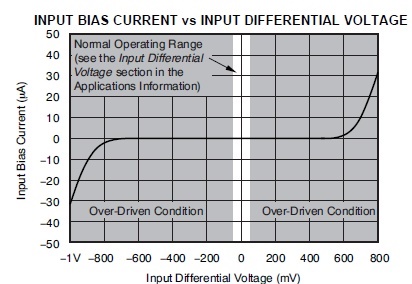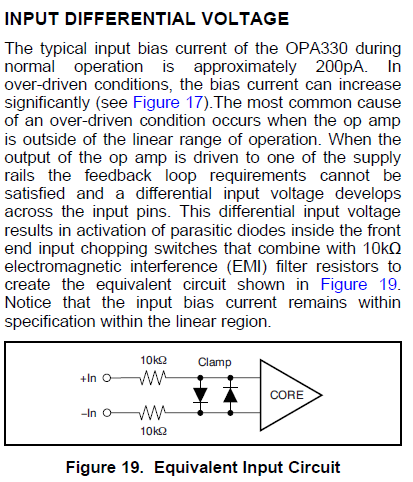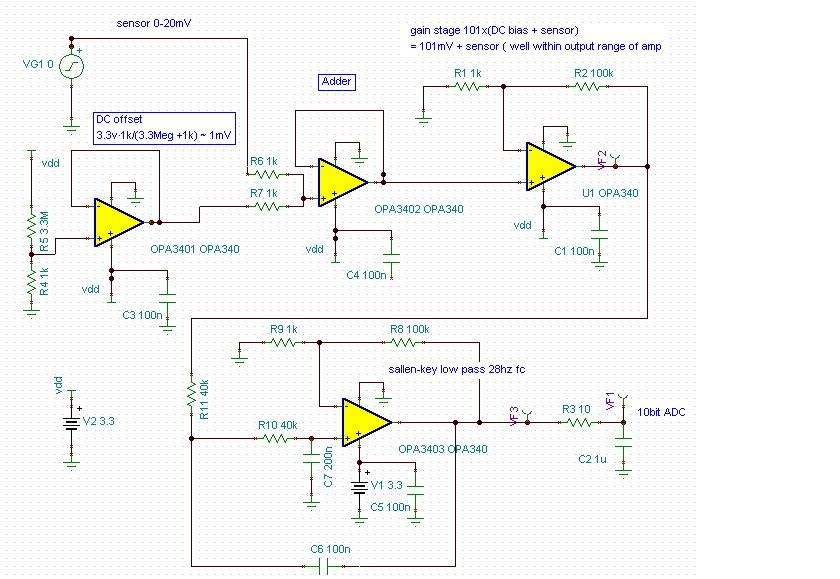Hi there,
I am trying to choose an single supply opamp for a new design that will be measuring the voltage of a sensor in the rage of 0 - 20mV. I want to simply filter and amplify this signal using a precision op amp and then use an ADC for measurement.
I am wondering about the results I will get using an input so close to the negative rail. When an op amp states that it operates rail to rail on the input, does it really? I don't see any specs on this topic in the datasheet. Does the op amp act linear this close to the lower rail?
What recommendation would you have for topology and op amp to get a linear output with input of 0-20mV? I will likely be using a voltage reference for the ADC in the 2 volt range.
TIA









